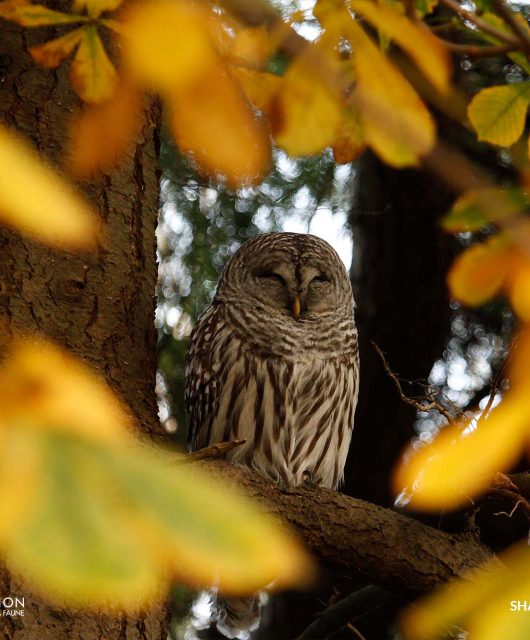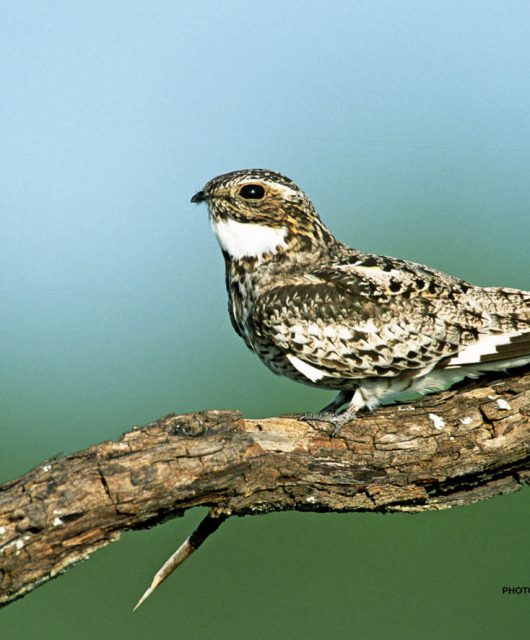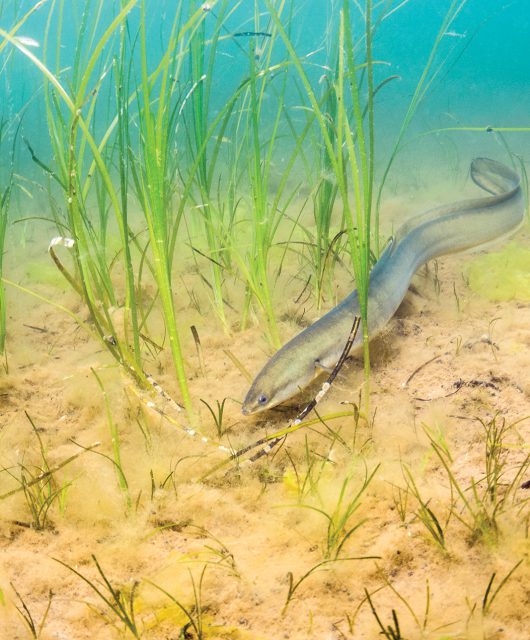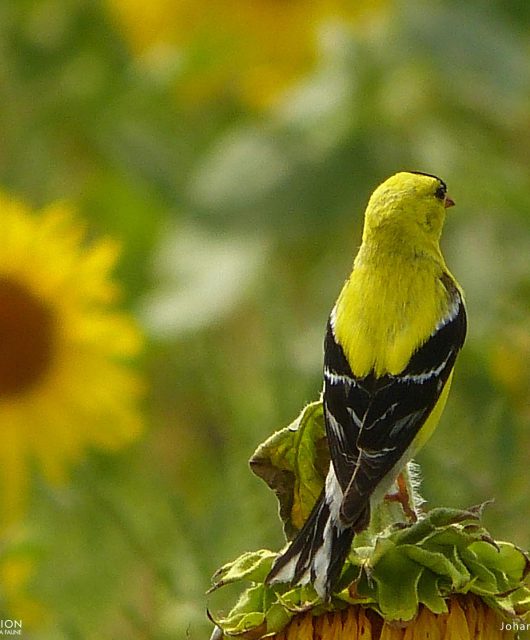COP15, the United Nations Biodiversity conference is now in its second week.
CWF has been on-site participating in events, discussions and announcements that are helping to shape Canada’s role and contribution to reversing and halting biodiversity loss.
Later this week political leaders from around the globe will come together in Montreal to finalize a plan to halt and reverse nature loss and commit to taking the necessary actions. Some of the most important commitments include:
- Increase the area and connectivity of natural ecosystems by at least 15%
- Restore up to 20% of degraded areas
- Ensure land-use change does not destroy intact natural areas
- Reduce pollution that impacts biodiversity, particularly excess fertilizer use, pesticides, and toxins
- Require forestry, agriculture and aquaculture to be environmentally sustainable
Canadians should be proud of the strong leadership role our negotiators and politicians have been playing in trying to reach international agreement. It is critical that the biodiversity framework is agreed to in Montreal so all countries can move on to the urgent actions needed to conserve wildlife. The main challenge to overcome in the next days is finding agreement on a global fund to support conservation actions in developing countries.
On top of our leadership in negotiations, Canada has also shown the world that actions can’t wait with recent government announcements that address some of the primary actions needed to halt and reverse biodiversity loss. This includes committing up to $800M to establish four vast Indigenous Protected and Conserved Areas, committing to a Sustainable Agriculture Strategy with a strong focus on promoting biodiversity benefits on farmland, and making a global pledge to restore lost forests with an initial commitment of 19 million hectares, an area 400 times the size of Montreal.
Wildlife around the world is in sharp decline. A global agreement on targets and actions to reverse this trend is one important part of stopping the decline. But most of what needs to be done will happen at the local level with Indigenous Peoples, local communities, private land owners, and natural resource users taking action to protect wildlife and habitat on land, in our lakes and rivers, and in our oceans. Conservation of critical ecosystems like native grassland, strong actions to recover species at risk, environmentally sustainable agriculture, connecting and restoring habitats on land and in the water so species can thrive and adapt to climate change, eliminating threats to marine mammals, and youth training and employment in conservation are among CWF’s top priorities for Canada going into 2023.
Only by working together can we achieve our collective goal to bring back biodiversity.





